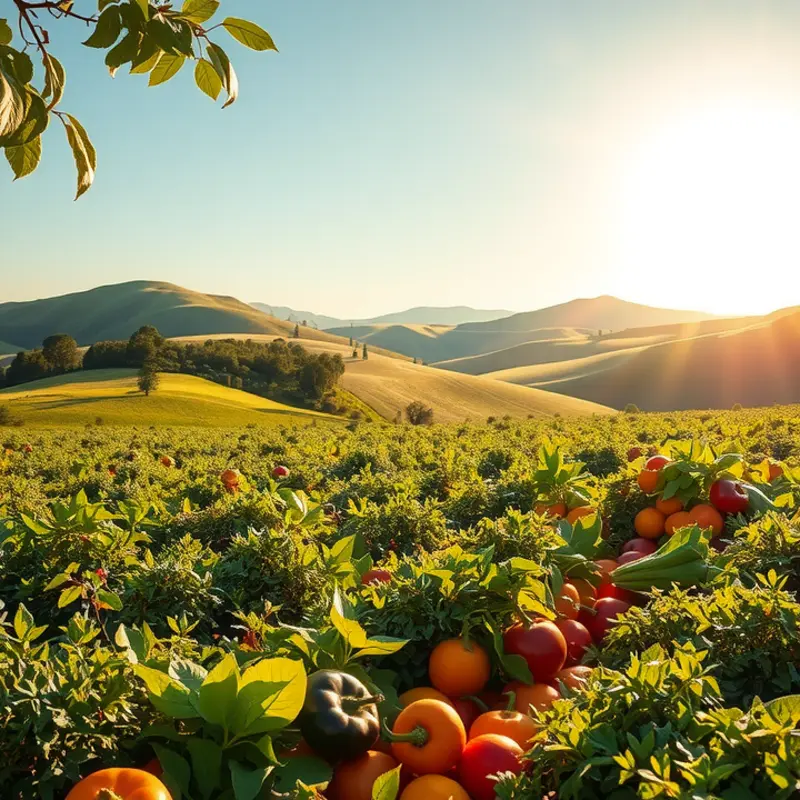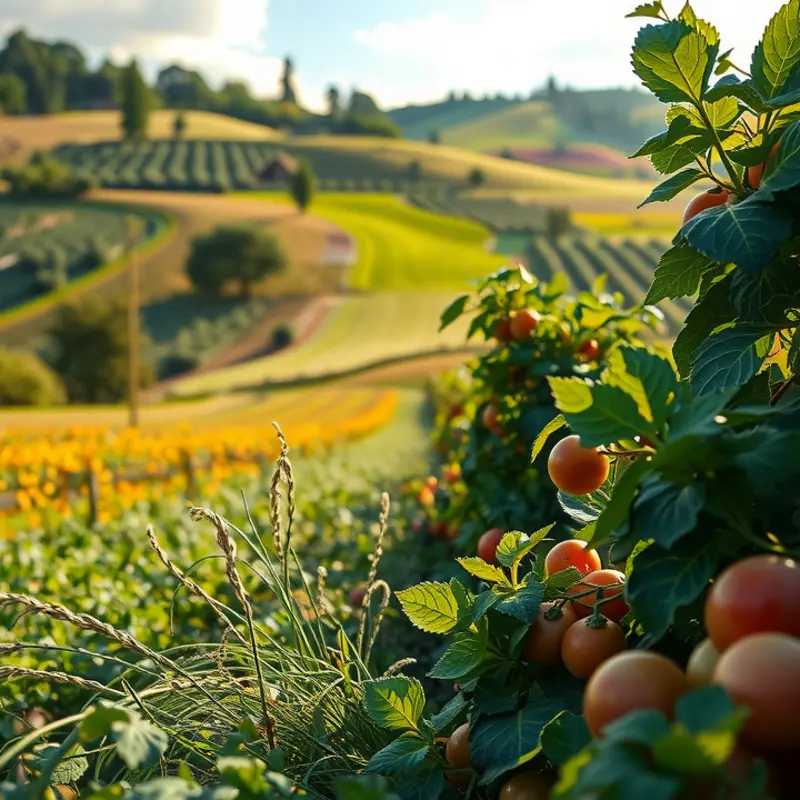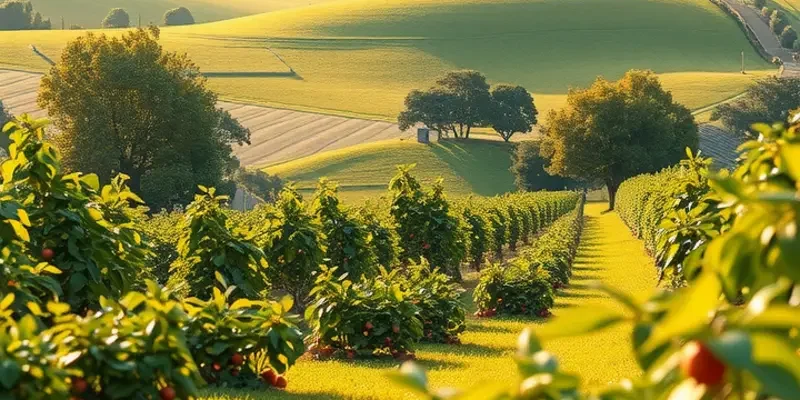Noodles, a staple food for many cultures, are as diverse as the lands they hail from. From the delicate strands of Italy’s pasta to the comforting warmth of Japan’s ramen, each iteration tells a story steeped in local history and culinary traditions. This exploration into traditional noodles reveals not only unique recipes but also the cultural significance they hold in their respective societies. Join us on this savory journey where ancient techniques meet modern palates.
Noodles of the West: A Taste of Tradition

Italian pasta, with its myriad shapes and forms, has long been a staple of Western cuisine. Its diversity mirrors Italy’s varied geography and culture, offering a unique glimpse into the lives and traditions of its people. Pasta, believed to have ancient origins, has become synonymous with Italian cuisine. Yet, its evolution is tied tightly to both local ingredients and regional preferences.
Spaghetti, one of the most recognizable pasta shapes globally, finds its roots in Southern Italy. This thin, long noodle is often paired with tomato-based sauces, a practice that began in the 19th century as tomatoes became a widespread crop in the region. The acidic quality of tomatoes balances the semolina flour’s earthiness, creating a delightful dish with layers of flavor.
In Northern Italy, pasta takes a different shape and complexity. Fettuccine, often served with a rich creamy sauce, hails from Rome. Its width and robustness make it ideal for pairing with sauces that cling, enhancing each bite. The lavishness of these dishes reflects the bountiful dairy products prevalent in the northern regions.
But Italian pasta is not a monolith. Every nook of this boot-shaped country offers a different twist on this iconic food. For instance, Tortellini from Emilia-Romagna is stuffed with a mixture of meats, cheese, or herbs, showcasing the area’s agricultural abundance and culinary creativity. The small, ring-shaped pasta echoes the prosperity and cultural intersections of this region.
The history of pasta is as captivating as its taste. The first written record dates back to the early Middle Ages, even though the concept of mixing water with flour is much older. Historical exchanges, like those through the Silk Road, have contributed to its development and dissemination beyond Italian borders.
For a more in-depth exploration of how traditional global cuisines like pasta develop and evolve through cultural exchanges, check out this insightful culinary influences article. Such historical interactions have helped pasta evolve from a local delicacy to an international favorite, adapting and transforming across different contexts.
Today, pasta continues to be a canvas for culinary expression. The simplicity of its creation—just flour, eggs, and water—belies its potential for complexity and variety. As our world gets smaller, Italian pasta maintains its legacy of heritage and adaptability, inviting the curious to experiment and appreciate its myriad forms. Whether served steaming with meatballs or as a delicate, butter-coated reel, pasta is more than just a meal; it’s a journey through history, a connection to ancient kitchens and contemporary tables alike.
Eastern Enigmas: The Noodle Culture of Asia

Asia offers a remarkable variety of noodle cultures, each reflecting unique histories and flavors. Chinese noodles are celebrated for their versatility and depth of regional variations. From the robust hand-pulled noodles of Lanzhou to the delicate rice threads of the south, each noodle tells a story. Wheat noodles, such as lo mein and chow mein, blend harmoniously with stir-fried vegetables and meats, while the rustic comfort of hand-cut noodles evokes a sense of familial warmth.
In Korea, noodles are not only a staple but also an integral part of cultural celebrations. Naengmyeon, the cold noodle dish served in a tangy, icy broth, offers a refreshing contrast to the hearty jjajangmyeon with its savory black bean sauce. Noodles accompany rice cakes and dumplings during the Lunar New Year, solidifying their place in festive occasions.
Japan’s noodle traditions are both diverse and deeply rooted in ritual and seasonality. Udon, with its thick, chewy texture, is a comfort food often enjoyed in hot broths or chilled with dipping sauces. Meanwhile, soba offers a nutritious option, frequently consumed during New Year’s Eve in the symbolic custom of toshikoshi soba, representing longevity.
These noodle varieties have transcended their origins, embracing modern culinary techniques without losing their essence. Innovative chefs incorporate traditional noodles into fusion dishes, ensuring their presence in contemporary gastronomy. Whether served in street food stalls or upscale restaurants, noodles reflect a blend of history and evolving taste.
Understanding the intricate world of noodles involves respecting storage and freshness, crucial for preserving their flavor. Consider exploring eco-smart storage solutions, particularly for delicate noodles that require careful handling.
Noodles are more than just a meal; they symbolize unity, tradition, and evolution across Asia. Their presence in daily life and celebrations underscores their cultural significance and everlasting appeal.
Final words
The world of traditional noodles is as vast and rich as the cultures from which they originate. Each type speaks to the history of its people, illustrating a narrative of migration, adaptation, and culinary artistry. Whether twirling strands of pasta on a fork or slurping a hot bowl of ramen, connecting through food creates instantaneous bonds. Embracing these traditions not only leads to flavorful meals but also fosters an appreciation for cultural diversity and the shared human experience. So, grab your chopsticks or fork and embark on your own noodle journey—each bite is a story waiting to be savored.








